How To Write A Research Paper Outline
Creating a research paper outline is a crucial step in the writing process. It helps you organize your thoughts and ensure that your paper follows a logical structure.
Here's a step-by-step guide on how to write a research paper outline:
Step 1: Choose Your Topic
Select a research paper topic that interests you and aligns with the requirements of your assignment or research question.
For example, if your assignment is to write about the impact of social media on mental health, your topic could be:
"The Effects of Social Media Usage on Teenage Anxiety Levels."
Step 2: Identify Your Main Points
Determine the main ideas or arguments that you want to explore in your paper. These will serve as the backbone of your outline.
Continuing with the example above, your main points could include:
- Introduction to Social Media and Mental Health
- Factors Contributing to Teenage Anxiety
- Ways to Mitigate Negative Effects of Social Media.
Step 3: Create Your Thesis Statement
Develop a clear and concise thesis statement that summarizes the main argument or purpose of your paper.
In our example, the thesis statement could be:
"While social media can exacerbate teenage anxiety, awareness campaigns, and parental guidance can help mitigate its negative effects." |
Step 4: Outline Your Introduction
Begin your outline with an introduction that introduces your topic and provides context for your research. Include background information and hook the reader's interest.
For instance:
Introduction:
- Define and introduce essential terms or concepts related to your topic.
- Provide background information to set the stage for further discussion.
Step 5: Outline Your Body Paragraphs
Break down your main points into individual sections or paragraphs. Each paragraph should focus on a specific aspect of your topic and support your thesis statement.
For example:
Body Paragraphs:
1. Exploration of Contrasting Perspectives
- Address opposing viewpoints or alternative interpretations of the topic.
- Compare and contrast different arguments or perspectives to strengthen your own position.
2. Discussion of Methodology (if applicable)
- Detail the methods or approaches used in conducting research or experiments.
- Explain the rationale behind your chosen research methodology and its relevance to the topic.
3. Include Supporting Evidence
- Incorporate evidence from reputable sources to support your arguments.
- Use statistics, studies, and expert opinions to strengthen your points.
Analysis of Results (if applicable)
- Present and interpret the results of experiments, surveys, or data analysis.
- Discuss any patterns, trends, or significant findings that emerged from the research.
Step 6: Organize Your Ideas
Arrange your main points and supporting evidence in a logical order that flows smoothly from one section to the next. Use headings and subheadings to clearly delineate different sections of your paper.
Step 7: Outline Your Conclusion
Summarize your main points and restate your thesis in the outline of your research paper conclusion. Offer insights or recommendations based on your research findings.
For example:
Conclusion
- Recap of key findings regarding the impact of social media on teenage mental health
- Restatement of thesis statement
- Suggestions for future research or interventions
Step 8: Review and Revise
Take time to review and revise your outline to ensure coherence and completeness. Make adjustments as needed to strengthen your arguments and improve the overall organization of your paper.
Be sure to check out our guide on research paper format for detailed formatting tips.
Research Paper Outline Template
Here's a comprehensive template for research paper outline containing all essential sections:
Research Paper Outline Template 1. Research Title Page 2. Abstract 3. Introduction
4. Body
5. Acknowledgments
6. Declaration of Competing Interests 7. References |
How to Format Research Paper Outline?
Formatting your research paper is essential to ensure clarity and organization. Here's a guide on how to format your outline in different styles:
Alphanumeric Outline
In an alphanumeric outline, each main point is labeled with a Roman numeral (I, II, III, etc.), followed by a period.
Sub Points under each main point are labeled with capital letters (A, B, C, etc.), and further subpoints are labeled with Arabic numerals (1, 2, 3, etc.), and so on.
Example:
I. Introduction A. Background information 1. Historical context 2. Significance of the topic B. Thesis statement II. Body A. Main point 1 1. Subpoint 1 2. Subpoint 2 B. Main point 2 III. Conclusion |
Full-Sentence Outline
In a full-sentence outline, each point is written as a complete sentence. This format provides a more detailed overview of the paper's content compared to other outline formats.
Example:
I. Introduction A. The background information provides context for the research topic, including its historical significance and relevance to contemporary issues. B. The thesis statement outlines the main argument or purpose of the research paper. II. Body A. Main point 1 explores the impact of social media on teenage mental health, focusing on factors such as peer pressure and cyberbullying. 1. Subpoint 1 discusses the prevalence of social media usage among teenagers and its correlation with increased anxiety levels. 2. Subpoint 2 examines the role of cyberbullying in exacerbating mental health issues among adolescents. B. Main point 2 proposes strategies for mitigating the negative effects of social media on teenage mental health, including parental involvement and school-based interventions. III. Conclusion A. The conclusion summarizes the key findings of the research paper and restates the thesis statement. B. Suggestions for future research and interventions are provided to address gaps in the existing literature. |
Decimal Outline
In a decimal format outline, each main point is labeled with a number (1, 2, 3, etc.), followed by a period.
Sub Points under each main point are labeled with a decimal (1.1, 1.2, 1.3, etc.), and further subpoints are labeled with additional decimals (1.1.1, 1.1.2, 1.1.3, etc.).
Example:
1. Introduction 1.1. Background information 1.1.1. Historical context 1.1.2. Significance of the topic 1.2. Thesis statement 2. Body 2.1. Main point 1 2.1.1. Subpoint 1 2.1.2. Subpoint 2 2.2. Main point 2 3. Conclusion |
Each outline format has its advantages and may be preferred based on personal preference or the requirements of a specific assignment or institution.
Choose the format that best suits your needs and helps you organize your thoughts effectively
Language in Research Paper Outlines
The language used in research paper outlines plays a crucial role in conveying information effectively and organizing ideas coherently.
Here's a look at how language is utilized in research paper outlines:
- Clarity and Conciseness
Use clear and concise language to articulate the main points and subpoints of your outline. Avoid using overly complex or convoluted language that may confuse readers.
- Consistency
Maintain consistency in language throughout the outline. Use the same terminology and writing style for similar sections and subsections to ensure coherence.
For example, all main headings are formatted in bold, while subheadings are italicized for easy identification."
- Formality
Research paper outlines typically use formal language appropriate for academic writing. Avoid slang, colloquialisms, and informal language that may detract from the professionalism of the outline.
- Transitions
Use transitional language to indicate the relationships between different sections and subsections of the outline.
Transitional phrases such as "furthermore," "in addition," and "however" can help connect ideas smoothly.
For example: "Furthermore, the results section will analyze the data collected from the survey responses."
- Signal Phrases
Signal phrases are used to introduce quotations, paraphrases, or summaries of sources within the outline. Use appropriate signal phrases to attribute information to its source and maintain academic integrity.
For example, "According to Smith (2020), the impact of climate change on biodiversity is a pressing concern."
- Active Voice
Whenever possible, use the active voice in your outline to make your writing more direct and engaging. Active voice sentences typically convey the subject performing the action, which can enhance clarity and readability.
By paying attention to the language used in research paper outlines, you can enhance clarity, coherence, and effectiveness in communicating your ideas to readers.
Research Paper Outline Example
To better understand how to structure a research paper outline, let's take a look at some research paper outline samples:
If you want to check out more examples, our dedicated blog on research paper examples can help you out!
To sum up, creating a research paper outline is super important for writing a paper that stands out.
By following the steps we talked about, you can organize your ideas better and write more smoothly. Remember to be flexible, use clear headings, and review your outline as you go.
Need help with writing your paper? Consider hiring a reliable college paper writing service that can assist you with crafting top-notch papers tailored to your needs.
With our professional writers at your service, you can take your academic writing to the next level.
Ready to ace that paper? Visit SharkPapers.com and just request “Write my research paper” today!


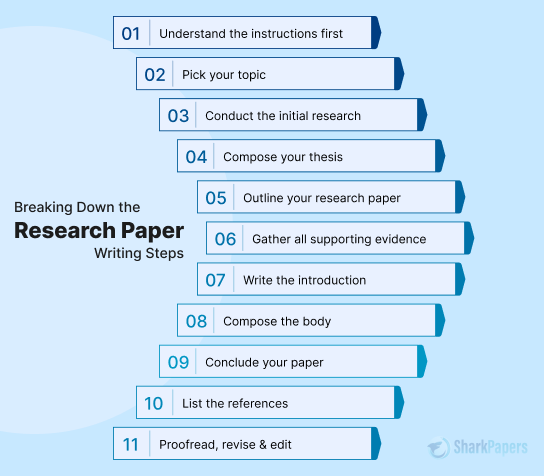






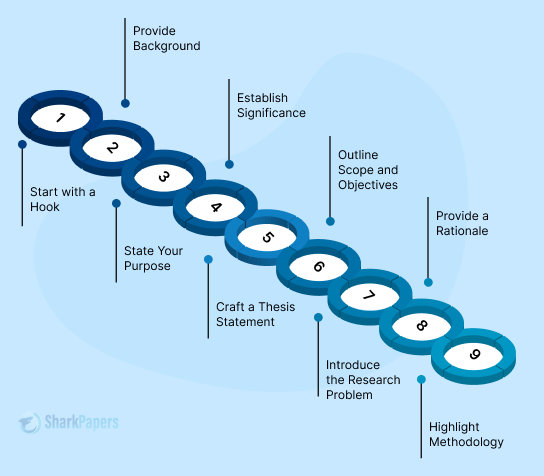

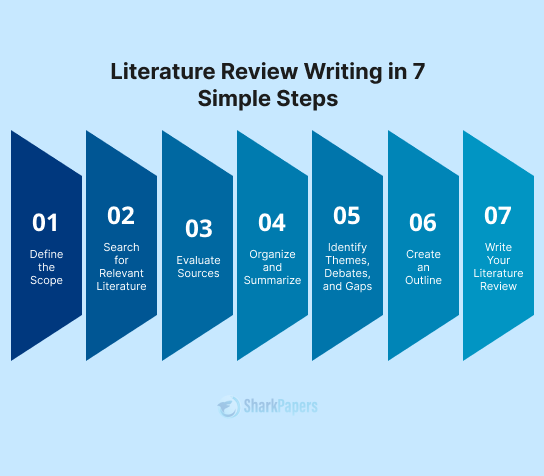
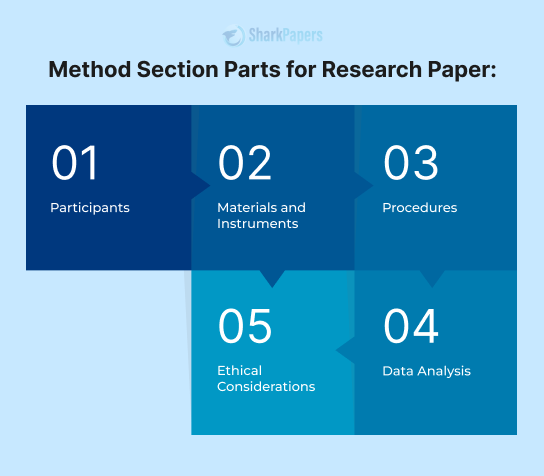

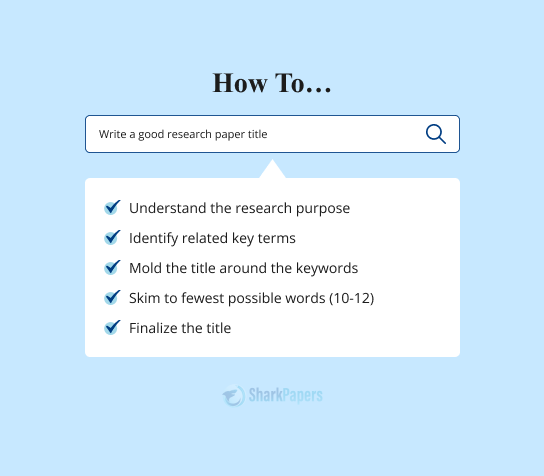
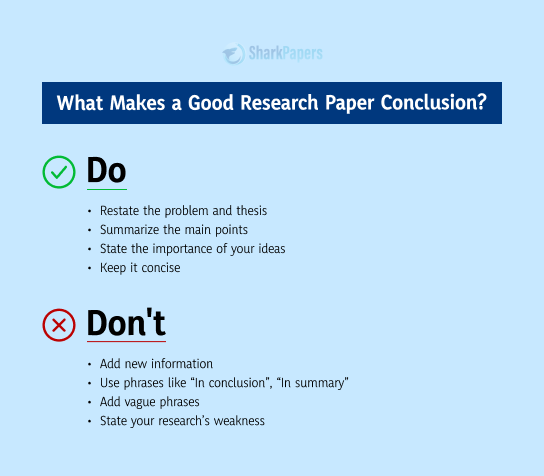
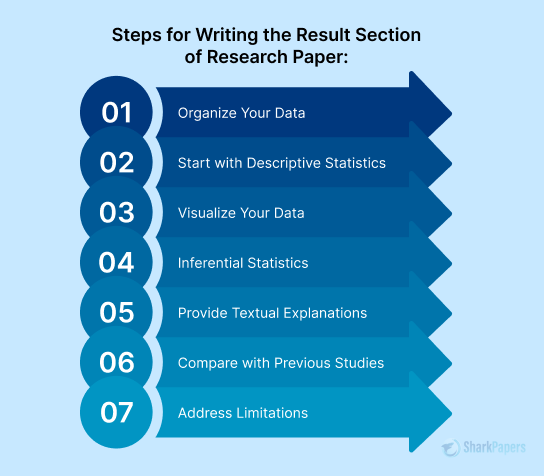
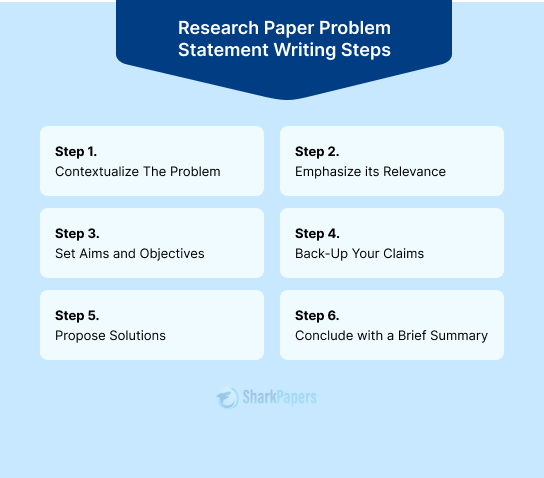
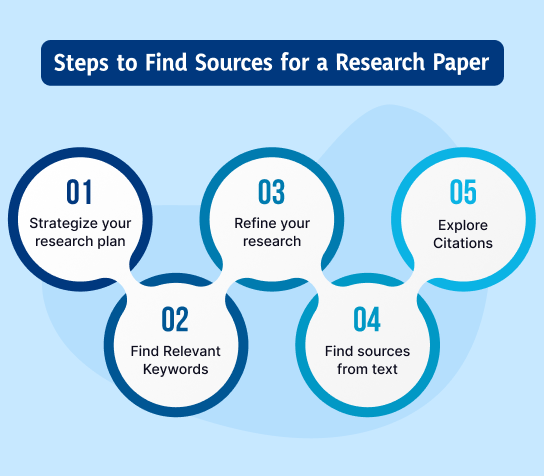
)
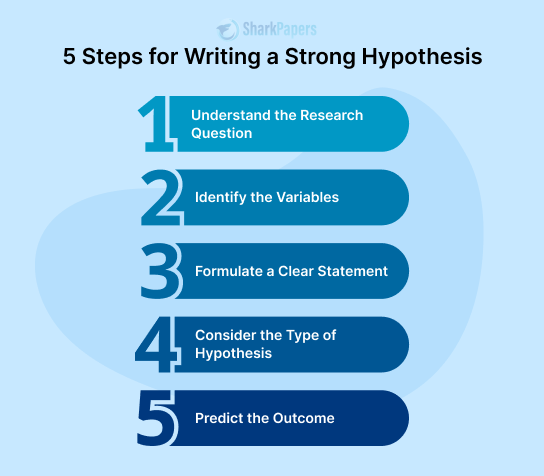
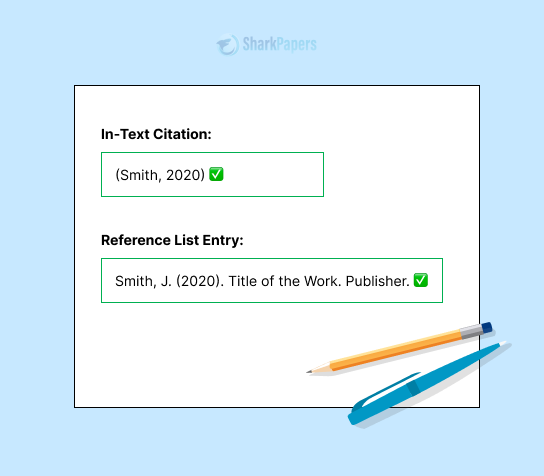
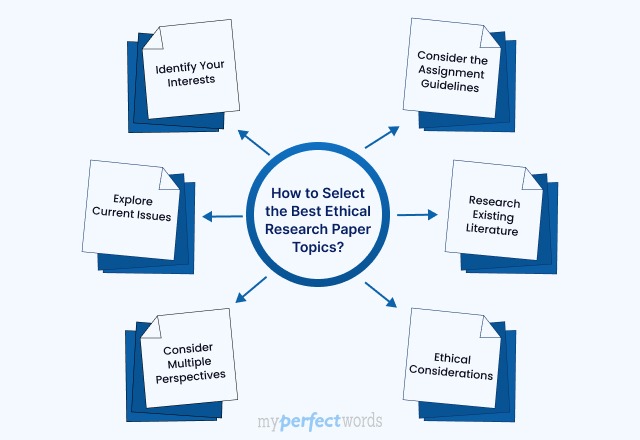
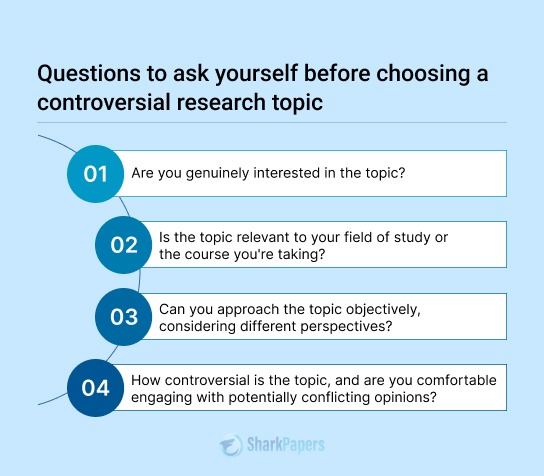
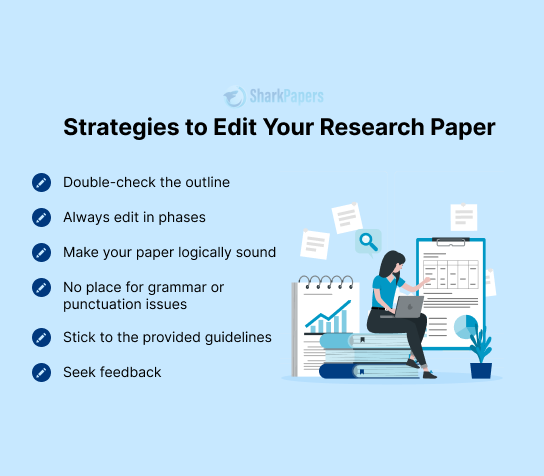
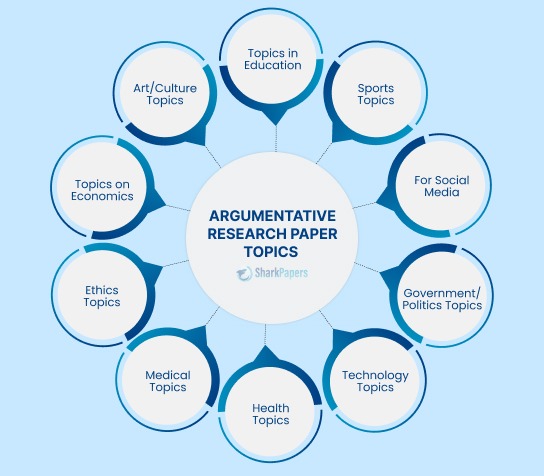

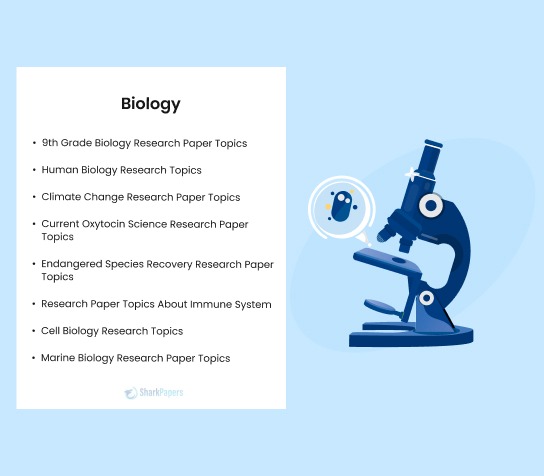

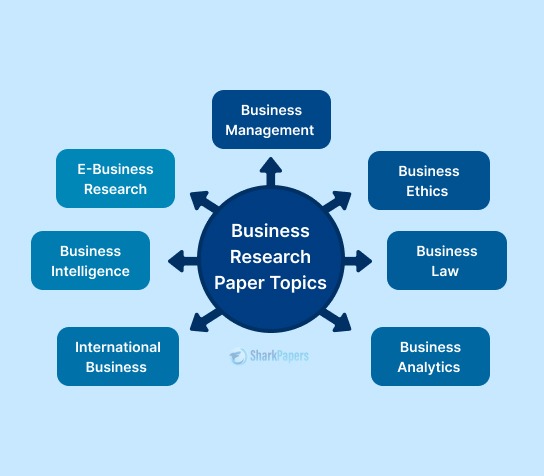
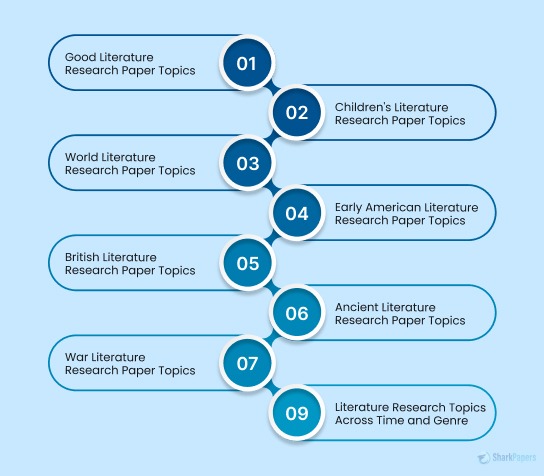
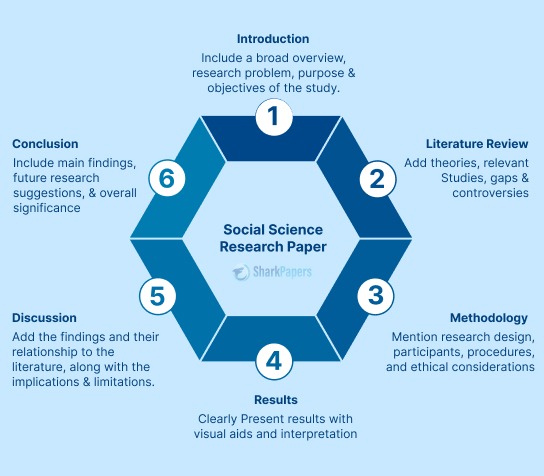
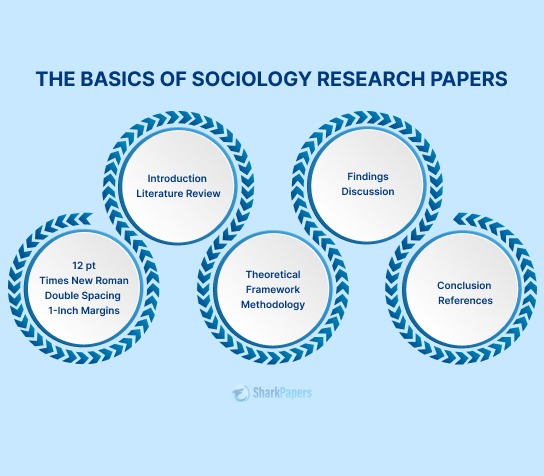
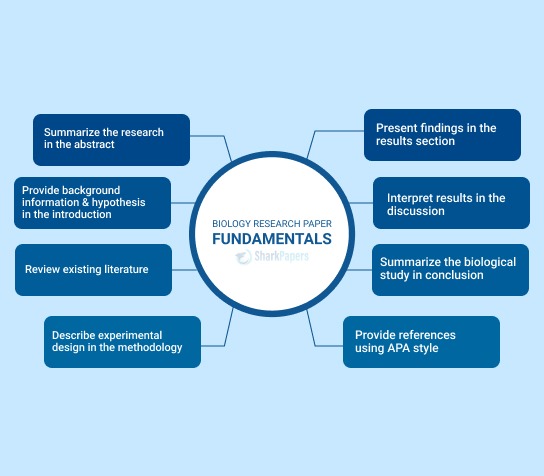

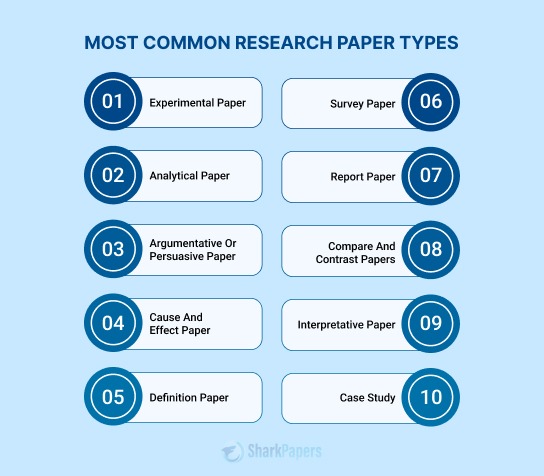

















-12114.jpg)













 Not seeing it? Check Promotions or Spam — inboxes get protective.
Not seeing it? Check Promotions or Spam — inboxes get protective.